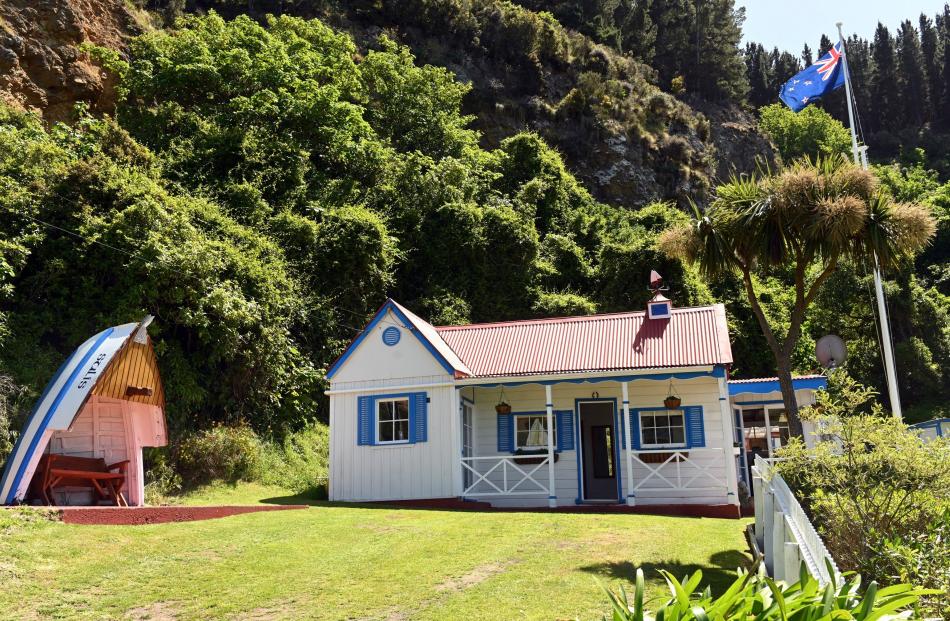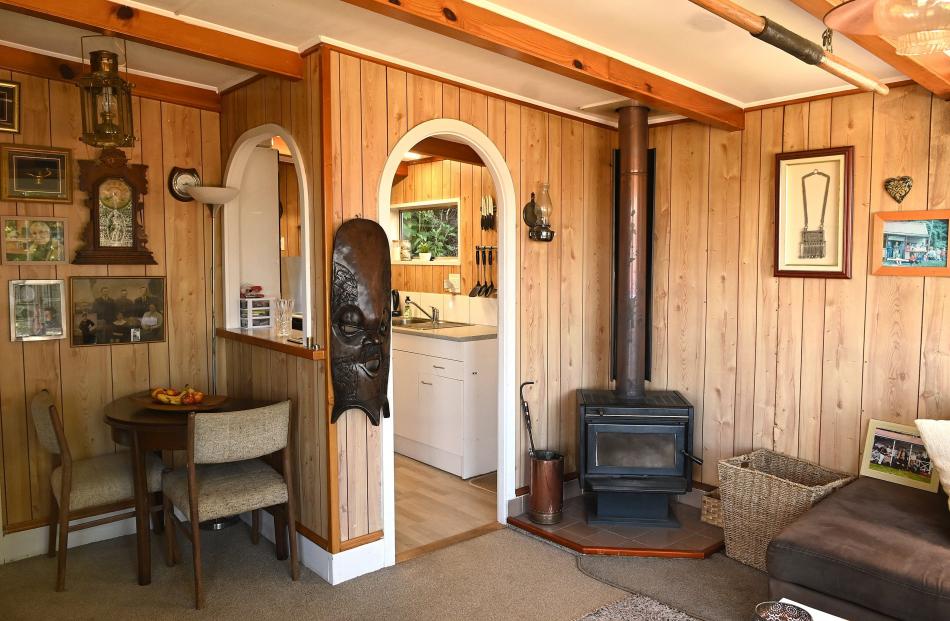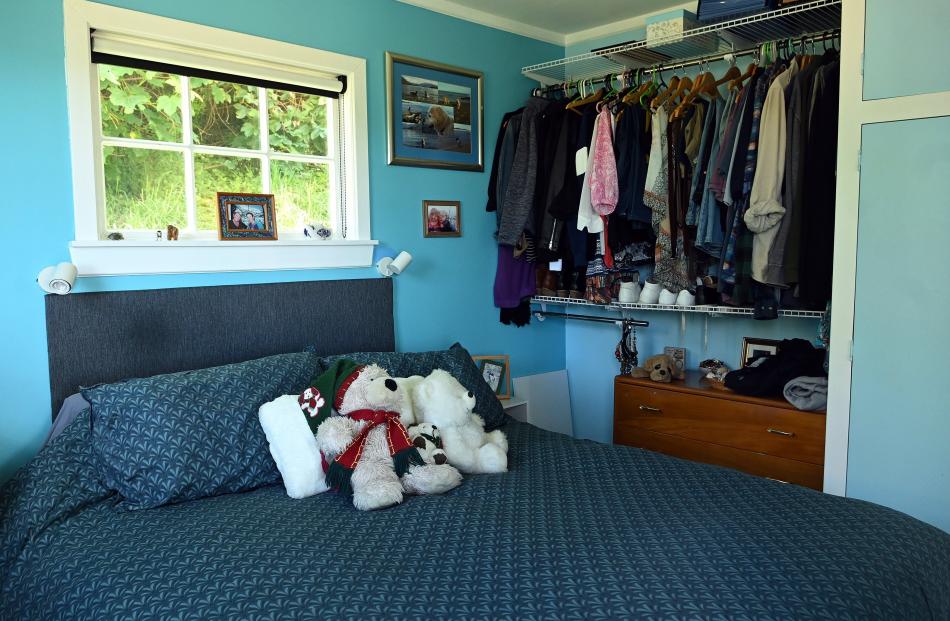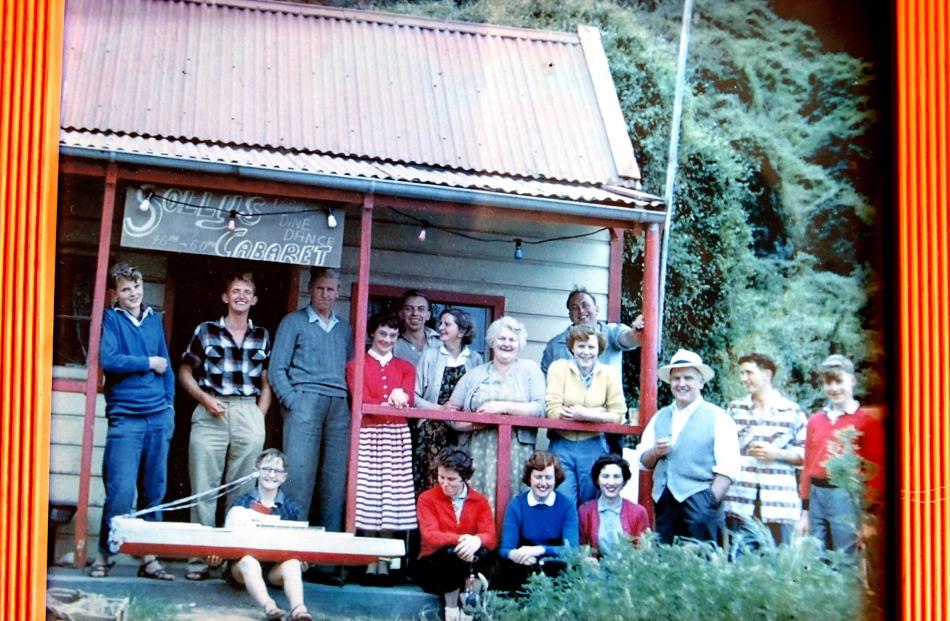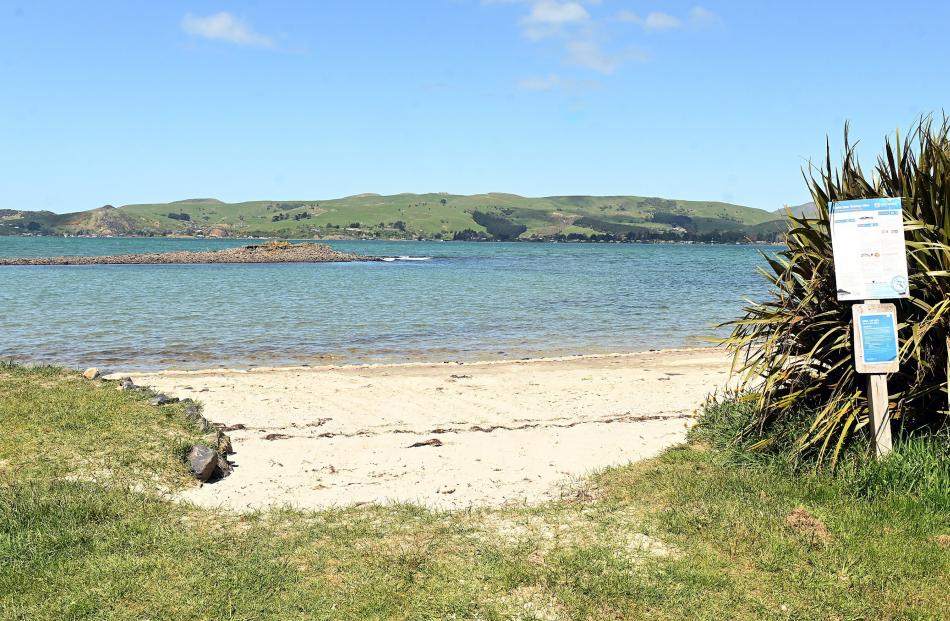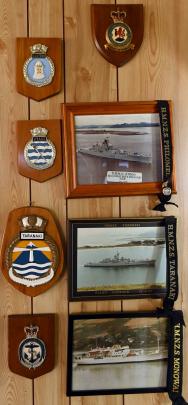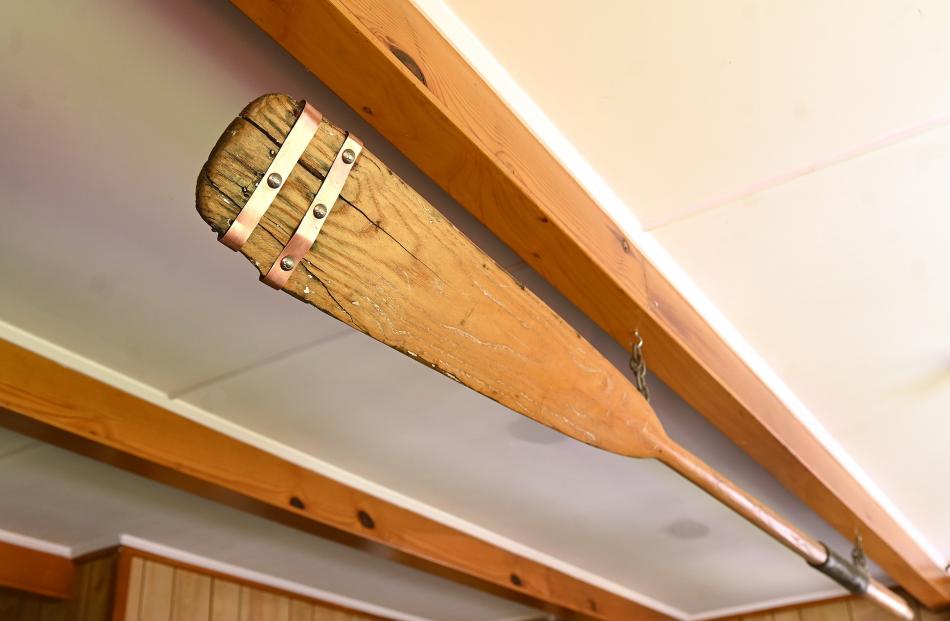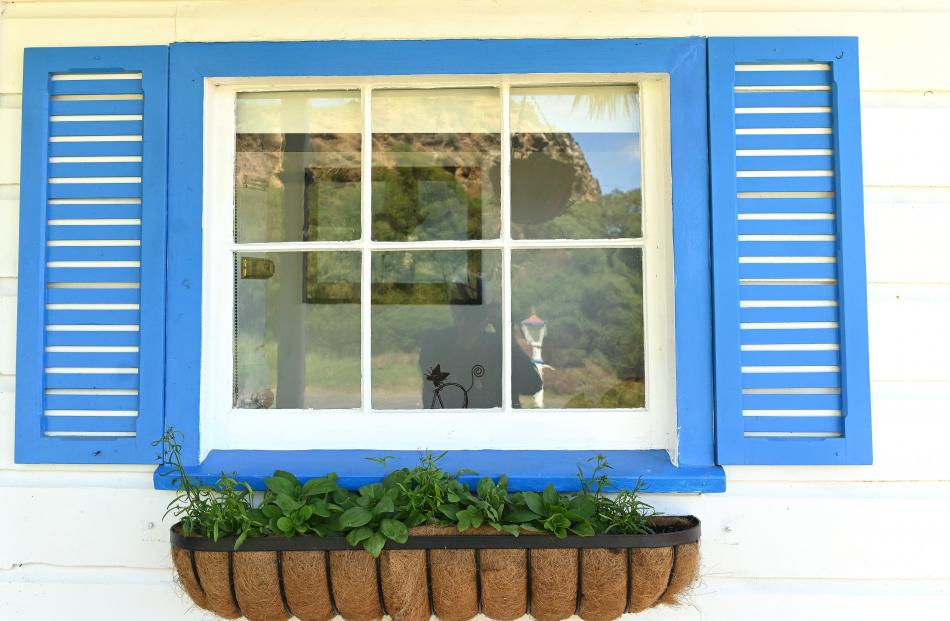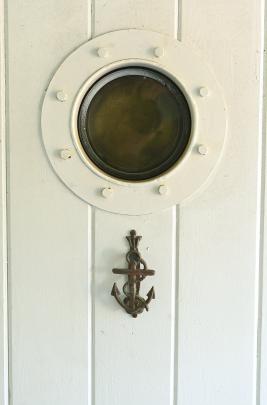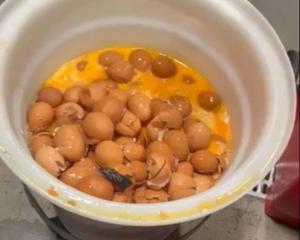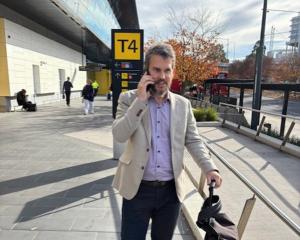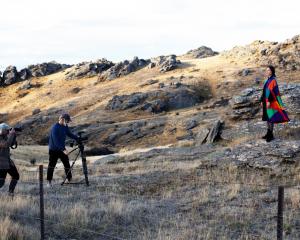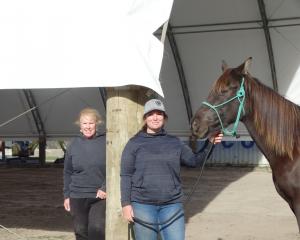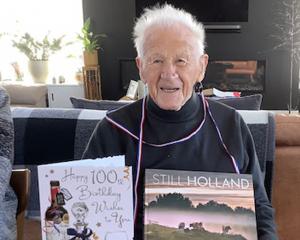With a porthole at the front and an extension at the back, this 120-year-old cottage near Aramoana started out as a classic Kiwi crib.
Used by generations of the same family, it didn’t became a permanent home until the 1970s.
Owner Murray Thomas first stayed there as a child and inherited it in 2012 after his return from an extended OE.
For the next five years, he and his wife Mandy divided their time between the cottage and their 35ft yacht in the Greek Islands. But after Mr Thomas’ mother became ill and Covid arrived, they sold their boat, took jobs with Port Otago and began living in the house full-time.
Painting the house blue and white was a nod to the colours of Greece, Mrs Thomas says. But it also brightened up the exterior, which was previously yellow with a brown roof and trim.
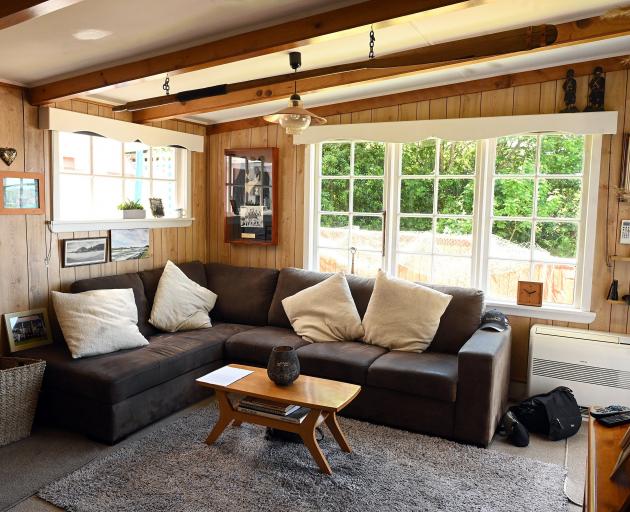
John and Maisie Solomon lived in Carey’s Bay but went to their crib in the small nearby settlement of Te Ngaru whenever possible. Neither of them drove so from the age of about 6, Mr Thomas would be put on a bus in his home town of Mosgiel, with a sign around his neck which simply read "Port Chalmers". The bus travelled just past the port to Carey’s Bay. Once there, he walked another 7km along a gravel road to the cottage. The only public telephone was 2km further on, at Aramoana, so no use to him.
"I’d put my thumb out but I think I only got a ride once," he recalls. "There were very few cars on the road and it was usually late afternoon or dusk."
Back then, the crib had a small kitchen-living area, no bathroom and no running water, though rainwater was collected in a tank fitted with a tap.
They filled a bucket to wash dishes and used a coal range for cooking and heating. Mr Thomas took a weekly bath in a steel tub and slept on a straw mattress in the same room as his grandparents. The only other bedroom was "full of spiders and fishing nets".
But what the crib lacked in conveniences, the surroundings more than made up for. To Mr Thomas and his cousins, the harbour’s edge, farmland and cliffs were a playground.
"We’d be kicked out the door after breakfast and would come back for lunch," he says, adding the same thing happened in the afternoon.
"The only toys we had were ones we made and weren’t supposed to have — swords, guns and shields to try to catch rabbits and birds."
"You entertained yourself — fishing for flounders in small ponds, walking along the beach, meeting up with friends living down the road. There was always stuff to do."
When the sea was flat, he and his grandparents set out in a large clinker dinghy to spear flounders. On wet days, they played cards and Chinese checkers. Cricket commentaries on the radio were the soundtrack to their summers.
New Zealand’s early cribs were often made of cheap or recycled materials but Mr Thomas has no idea what’s behind the original section of Kaio Cottage. What he does know is that "none of it’s straight".
John and Maisie’s son, a boatbuilder and jack-of-all-trades named Ian Solomon, evicted rats and possums before extending the cottage and moving in in the 1970s. After his death, it was neglected for several years so Mr Thomas and his wife painted, carpeted and put in a new kitchen and bathroom.
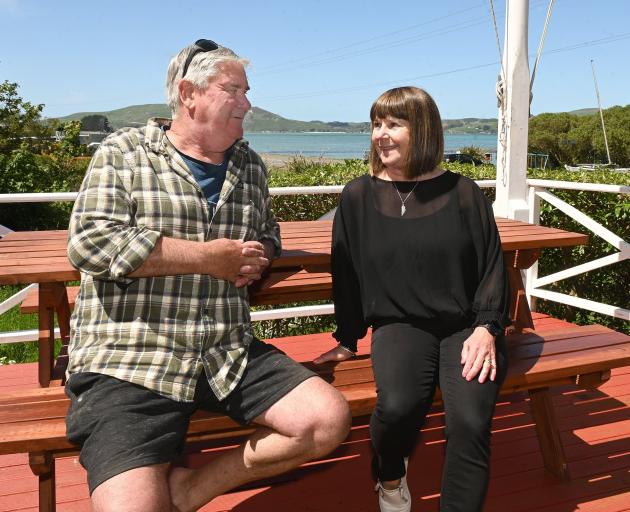
Even with the 1970s living room extension, the property still feels like a crib. Small windows offer tantalising views of the sea and, apart from an African mask that reminds Mrs Thomas of her childhood in Zambia, the contents have a distinctly nautical feel. There’s an oar from John and Maisie Solomon’s dinghy suspended from the ceiling, ships’ lights on the living room wall and old bottles brought back from the beach. Even the weather vane is in the shape of a yacht.
On the lawn, a wooden seat sits in the shade of the front half of an old fishing boat. Mr Thomas plans to replace the seat with a spa pool but says it will have to be an inflatable one: "I’m a bit scared about hooking one up to the house ’cause the electrics are not the best."
Both he and his wife like going for long walks to the old wharf at the Spit and Shelly Beach at Aramoana. Mr Thomas also enjoys fishing, setting nets from his paddleboard in the hope of catching flounders but usually finding paddle crabs.
He appreciates the property’s sense of history and has no interest in the sprawling, expensive holiday homes that have replaced the basic New Zealand crib in recent years.
"The people who go to them spend all their time doing the lawns or cleaning this and that and they don’t really have a holiday."
"Each to his own, but small’s good because it’s easy to keep clean and tidy."
The cottage "serves its purpose" and his grandparents would be pleased as punch that it’s still in the family, he says, adding his granddaughter is the sixth generation to spend time there.
"I don’t know what will happen to it in the future but it’s not going to be sold while I’m around."

